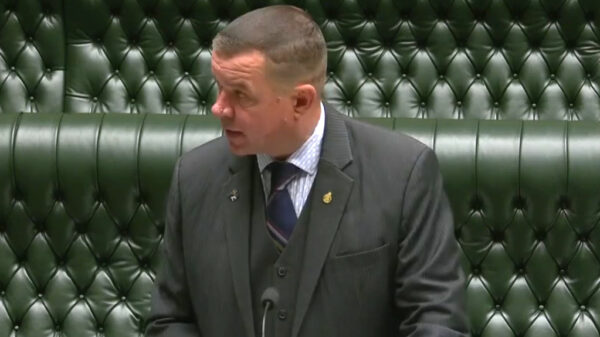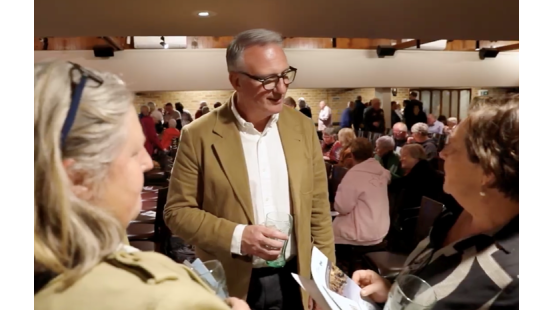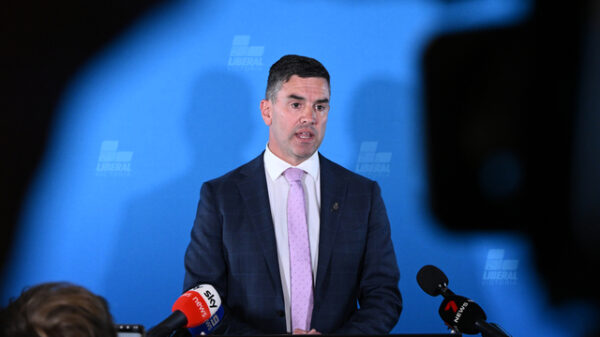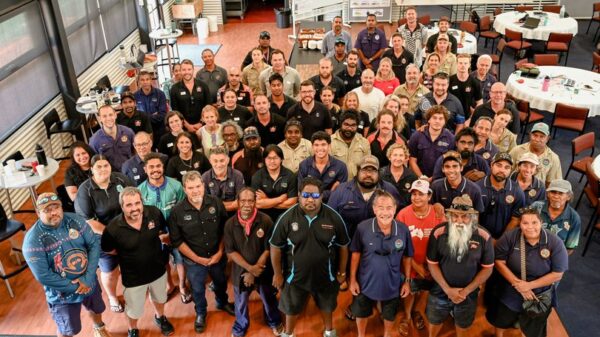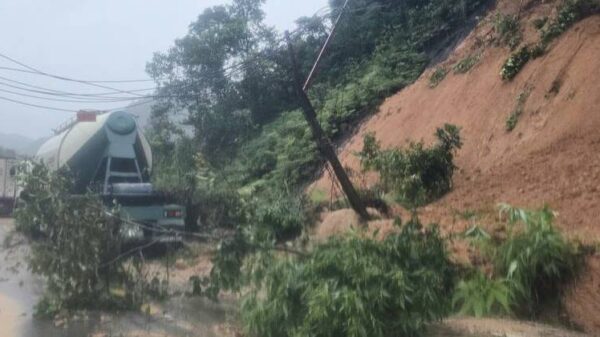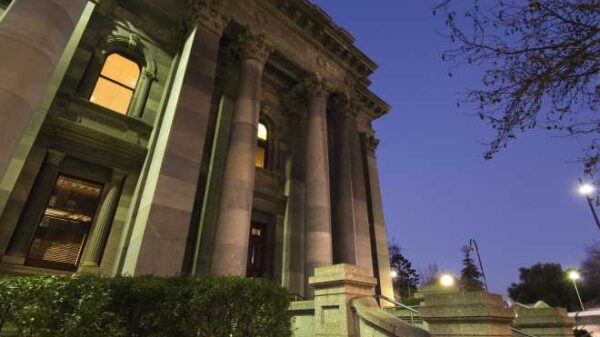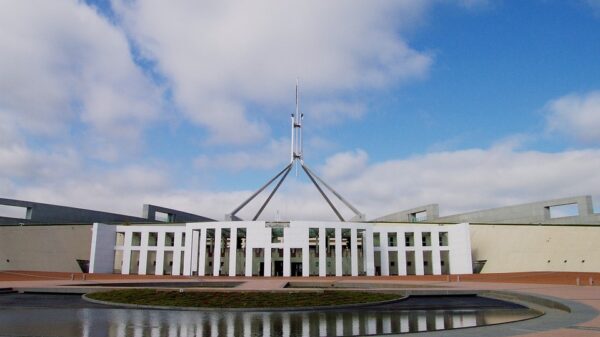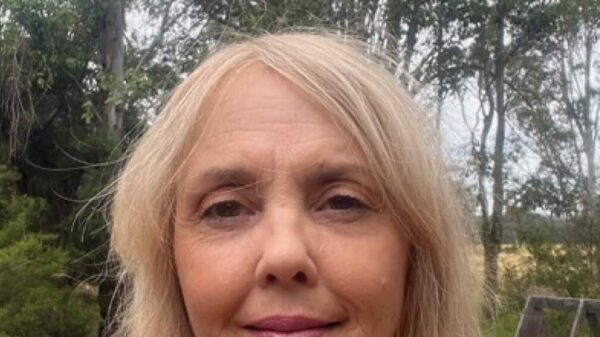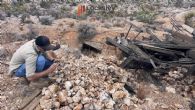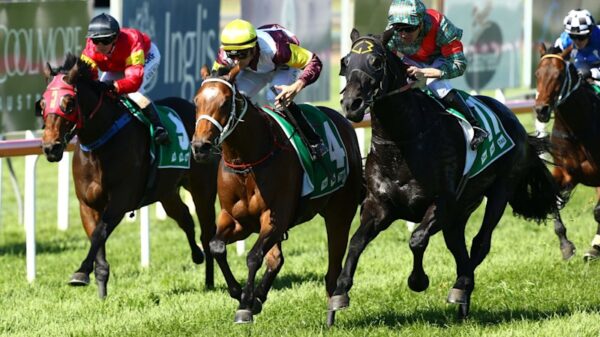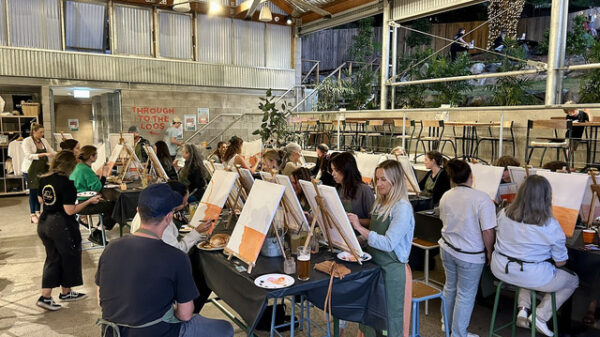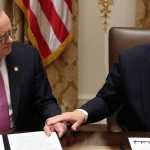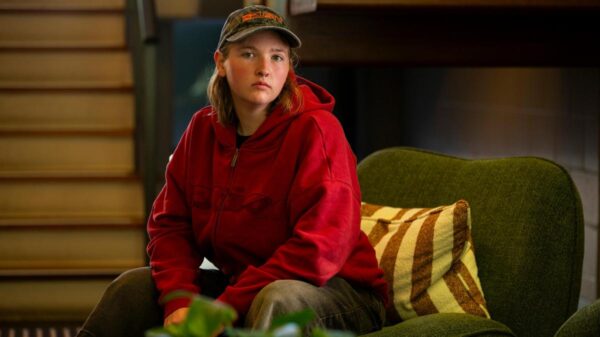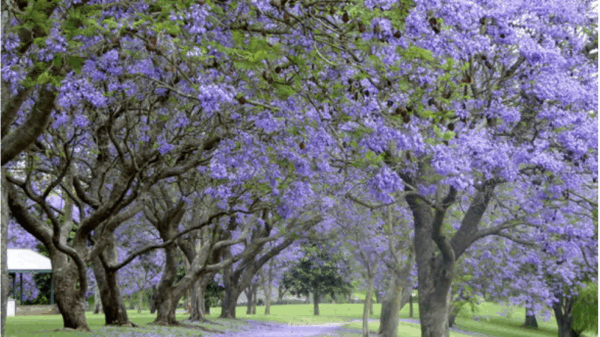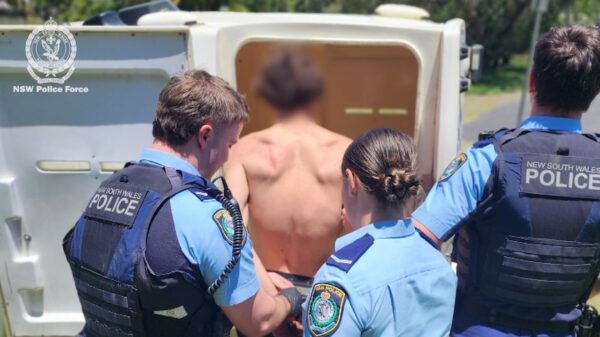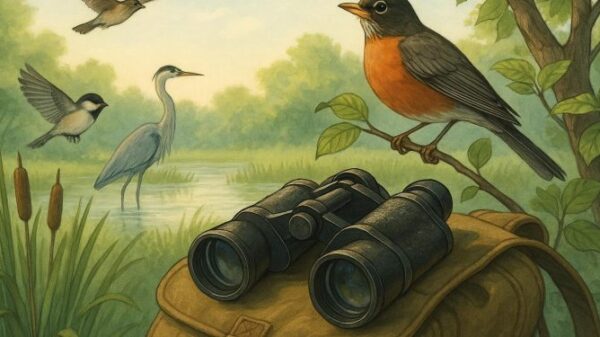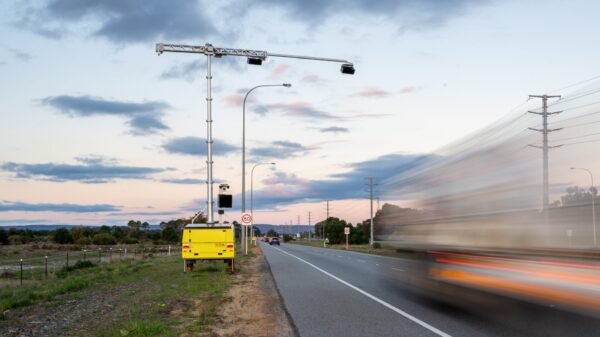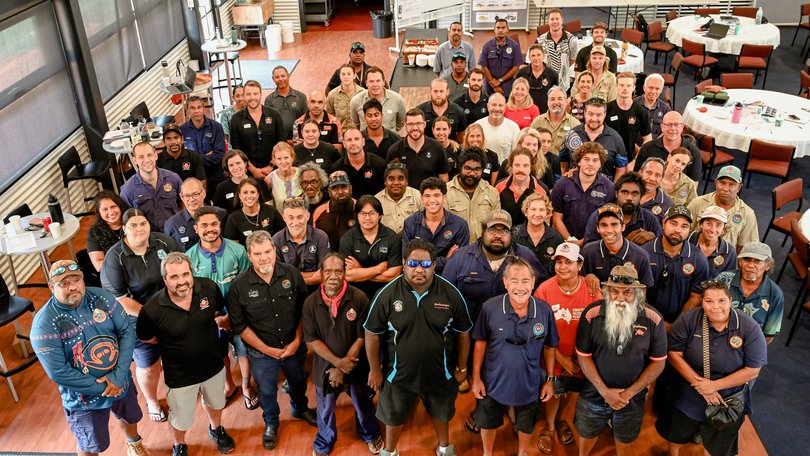UPDATE: Over 60 Indigenous rangers and Traditional Owners gathered in Broome last week to establish critical new priorities for managing Australia’s northern sea country. The urgent forum, co-hosted by the Kimberley Land Council and Nyamba Buru Yawuru, marked the largest annual meeting of the Indigenous Saltwater Advisory Group (ISWAG) to date.
This significant assembly comes amid escalating challenges facing the Kimberley coastline, including the alarming impact of a marine heatwave on coral reefs and seagrass. The meeting was supported by Australian Marine Parks and the Department of Primary Industries and Regional Development, highlighting the growing urgency for Indigenous leadership in marine policy and management.
ISWAG co-chair Dean Matthews emphasized the importance of the forum, stating, “(The forum is) to facilitate discussions on collaborative regional projects and opportunities for a collective voice to influence authority for sea country.” He underscored the pressing need to tackle challenges from climate change, illegal fishing, and tourism pressures together.
The forum also addressed the necessary protection of culturally significant species such as dugongs and green turtles, while advocating for enhanced Indigenous representation in fisheries policy. Participants voiced concerns over the rising threats from offshore industrial activities and tourism on the delicate coastal ecosystems.
Key outcomes from the forum included commitments to a Kimberley-wide dugong monitoring program and strengthened ISWAG governance. Daniel Oades, manager of the Kimberley Land Council’s sea unit and ISWAG co-chair, remarked, “We’ve shown that when traditional owners lead the way, we can influence national policy and shape how land and sea are managed right across the country.”
Oades highlighted the proactive role of Indigenous rangers, who are crucial to protecting the Kimberley coast. He stated, “We’re not just responding to change; we’re leading it, ensuring our sea country is healthy for generations to come.”
The growing network of ISWAG now spans nearly the entire Kimberley coastline, combining traditional ecological knowledge with scientific research. This integrated approach aims to guide decisions that impact both the environment and local communities.
As discussions continue to unfold, the focus remains on immediate action and collaboration to safeguard the health of the sea country. The urgency of these developments cannot be overstated, as Indigenous leaders are determined to take charge of their marine resources and protect their heritage.
Stay tuned for more updates as this story develops and the efforts of Indigenous leaders in the Kimberley region evolve.

